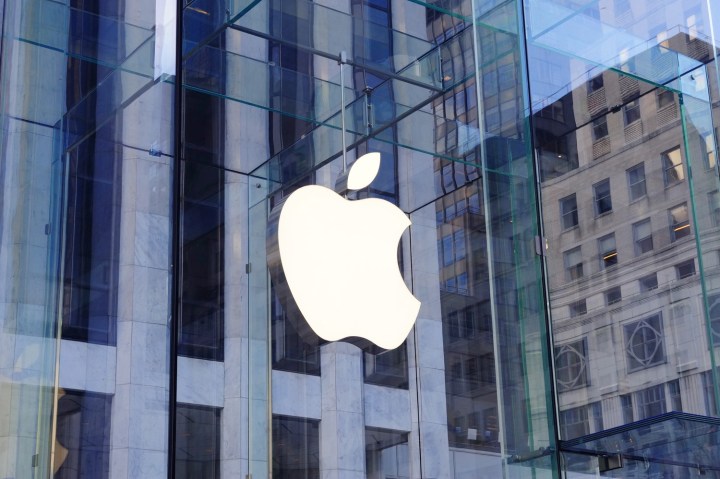
The SE performed exceptionally well in the U.K. Kantar estimates that it was the country’s “top selling smartphone” with a 9.2-percent market share, a sell-through rate brisk enough to land the diminutive handset slightly ahead of the Apple’s pricier iPhone 6s, which also had a 9.2-percent share. Furthermore, it contributed to the growth in Apple’s U.K. device sales to 37.2 percent — up 3.1 percent from the corresponding quarter a year ago.
Elsewhere in Europe, Apple’s gains were decidedly more modest. In France, its share of the handset market grew 21 percent, and in Germany, iOS devices constituted 14.2 percent of the country’s phone sales over the period. Overall, iOS device market share reached 18.2 percent in the region — an increase of 0.7 percent compared to the same period a year ago.
A hop and skip over the pond in the U.S., the iPhone SE did just fine, too. According to Kantar, the handset accounted for 5.1 percent of all smartphone sales in the U.S. — an amount that saw Apple’s year-on-year market share climb 1.3 percent to 31.8 percent. But the SE remained firmly behind Apple’s iPhone 6s and
The SE’s traction — as much as 23 percent of total iPhone sales, market research firm RBC Capital Markets estimated — may seem like cause to celebrate. Apple Chief Financial Officer Luca Maestri implied as much in an interview with Bloomberg in June. “Customer demand for our products was significantly stronger than we had anticipated at the beginning of the quarter,” he said. “We were not able to fulfill iPhone SE demand throughout the quarter.”
But TechCrunch concluded that the results were a mixed bag: the SE’s comparatively low price point drove Apple’s gross margins, or the difference between the company’s revenue and production costs, down significantly this past fiscal quarter, below 38 percent. That’s down from the second quarter of 2015, when it stood at 40.8 percent.
Worse, the device wasn’t a sales success everywhere. The SE visibly struggled in China, where Kantar reports it made up a mere 2.5 percent of phone sales. Two factors were to blame, apparently: “supply constraints” and “fierce competition.” The latter continues to dog Apple — local firms like Xiaomi and Huawei have proven formidable competitors in the budget handset space. All told, Apple’s market share in the country came in at around 17.9 percent by the end of last quarter, down from 19.7 percent year over year.
The decline is in line with a broader slowdown in the smartphone market. According to analysts at IDC, phone shipments are expected to grow just 3.1 percent in 2016 — a meteoric decrease from 2015’s 10.5-percent growth and 2014’s 27.8-percent growth. China, in particular, will suffer from the symptoms of saturation: IDC estimates the country will see “low single digit growth rates” this year.
But despite the doom and gloom, Apple’s future looks bright. IDC believes that low-cost devices like the SE and efforts like trade-in programs will “bring the iPhone back to growth.” And according to Kantar, plenty of folks in the past few months chose to hold off on upgrading from an older iPhone. “Anticipation for the newest iPhone, usually released in late September every year, typically means a weaker summer period for iOS,” said Kantar. “This represents a large opportunity to upgrade these consumers to the latest four-inch iPhone.”
That will be welcome news to investors, no doubt. In its earnings report ending June 2016, Apple reported lower sales of iPhones, iPads, and Macs not only compared to the previous quarter, but the same quarter a year ago. And in China, it saw a 33-percent decline in revenue. But the company’s services division picked up some of the slack — sales of Apple Music subscriptions, apps in the App Store, and iCloud storage plans jumped a collective 19 percent.
Editors' Recommendations
- Nomad’s new iPhone case and Apple Watch band may be its coolest yet
- 5 phones you should buy instead of the iPhone 15
- Why you should buy the iPhone 15 Pro instead of the iPhone 15 Pro Max
- 3 reasons why I’ll actually use Anker’s new iPhone power bank
- Here’s how Apple could change your iPhone forever


